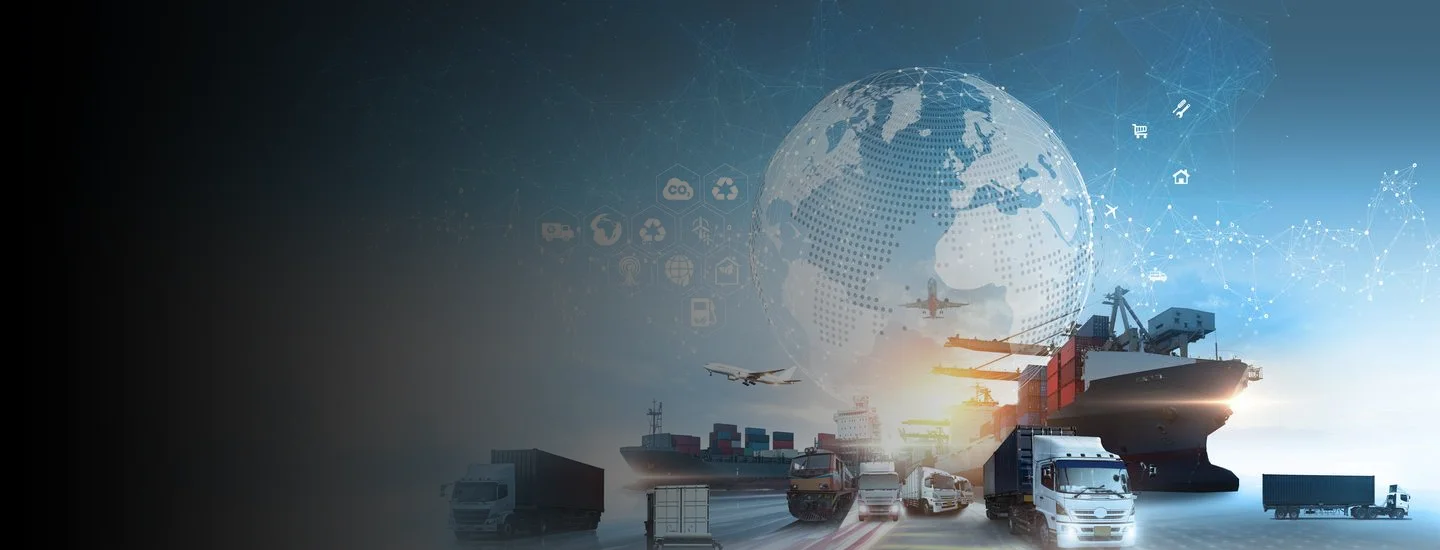With ever-shrinking margins and ever-increasing competition, logistics has reached a turning point where technology and innovation are critical tools for growth and competitiveness. Technological evolution and growing consumer expectations are pushing companies towards a future where operational efficiency and the ability to adapt to new challenges are essential. In this scenario, e-commerce and artificial intelligence (AI) emerge as the driving forces of transformation for the entire industry. This goal will be achieved only by those who are able to effectively lead with a digital-first approach in their organisation, revitalising the operating model and integrating new skills.
Market context
The Italian logistics sector is worth approximately 90-100 billion euros, with 9% annual growth from 2020 to 2023, connected to post-COVID inflation. The transport segment represents approximately 50% of the market, followed by freight forwarders, logistics operators, and couriers. The sector is highly fragmented, with more than 80,000 operators, and is characterised by low margins (typically between 4-7% of EBITDA). The difficulty in remaining competitive, especially for small operators, has led to a reduction of more than 30% in the number of active companies over the last 15 years.
E-commerce is one of the driving forces within the sector and, as such, it constitutes both an opportunity and a risk. For retailers, harnessing e-commerce is mandatory to stay in the market, but logistics requires significant efforts to meet service levels at acceptable costs. Technological innovation is the key to supporting this challenge.
Innovation in logistics
Innovation is the number one challenge for Europe in general, as indicated in the Draghi report “EU Competitiveness Report”, and it is essential to keep pace with the United States and China, where R&D investments have grown in the last 10 years compared to Europe.
Logistics is no exception, and operators must leverage technology to meet the challenge of economic sustainability. Still, above all, they must manage profound cultural change within the organisation, integrating new skills and developing new business models. And all of this with tightening transformation timeframes.
However, companies that want to innovate must become aware of their technological gaps compared to direct competitors and digital native companies. Yet the tight transformation timeframes require an iterative process with pilot phases to test the organisation’s ability to integrate new technologies and the new skills required to use them. Therefore, it is necessary to define a long-term digital strategy across the company.
From an e-commerce perspective, innovation must be the lever to embrace the trend competitively and with sustainable investments, even for companies with a smaller scale than global marketplaces. For retailers and the logistics operators that support them, e-commerce is an option that cannot be avoided. It is expected to continue to grow to 23% of global retail by 2027, with increasing customer service expectations. On the other hand, retail companies that significantly increase their share of online sales should be mindful that this will typically constrain margins to some degree, which must be countered with innovative solutions.
E-commerce Solutions
AI offers a wide range of applications that can support companies looking to embrace e-commerce.
The first example is the optimisation of warehouse operations. Through advanced algorithms, AI can improve the layout, predict demand peaks and manage picking more efficiently. AI-based “Wave picking” considers discrete and statistical variables (such as incoming orders) and can integrate the peculiarities of e-commerce. For example, by predicting possible incoming orders from typically multi-item e-commerce retailers, an algorithm may be able to decide to postpone specific orders in subsequent waves and reduce the overall number of picking and shipping operations, resulting in a productivity improvement related to picking and downstream processes. Even the warehouse layout, if optimised based on machine learning algorithms, can allow for a reduction in picking times of up to 20/25% by reviewing the geometry of the space itself or the placement of items based on sales forecasts. Other areas that can be addressed are inventory optimisation (through the identification and dynamic updating of safety stocks), maintenance, and even work organisation.
A second example concerns last-mile deliveries, typically expensive in e-commerce businesses. AI algorithms can optimise delivery routes, reducing shipping time, costs, and improving environmental sustainability. Optimisation algorithms can handle complex variables such as weather, cost per trip, transport capacity, time slots, number of stops and traffic to develop optimised delivery routes. The operation can occur in two phases. In the first phase, the ideal starting point for each order is assessed: whether it should be shipped from a storage hub, from a point of sale or through a peripheral sorting point. In the second phase, the optimal routes are determined from the orders assigned to the various starting points for each vehicle, considering the requested delivery times.
In this context, a large Italian retailer recently decided to acquire a third-party company to manage last-mile deliveries for all its brands, to integrate, optimise, and entrust them to third-party transport operators for actual delivery.
Thanks to this reassessment of their model, the retailer achieved last-mile delivery cost reductions of between 10 and 15%, making them sustainable for e-commerce growth. There were also several consequences at the business model level: i) review of the group's business perimeter, with the introduction of a new company; ii) introduction of new skills, including digital ones – to be drawn and motivated – to manage this new area of activity; iii) review of the integration philosophy between the brands, which shifted from a position of direct competition to cooperating on a fundamental phase of the operational process.

